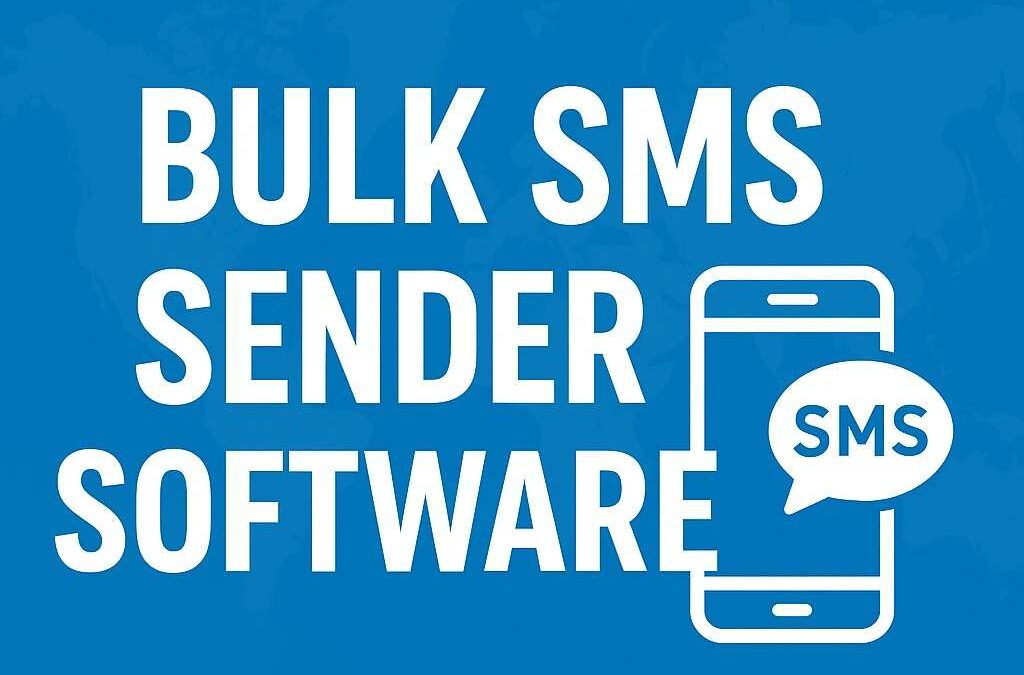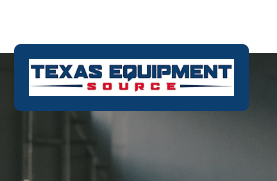In the healthcare sector, claims management is one of the most critical functions for payors, administrators, and insurance companies. The accuracy and speed of claim handling directly affect financial outcomes, compliance, and member satisfaction. Manual processes often lead to delays, errors, and rising administrative costs.
This is where claims software systems step in. By combining automation, reporting, and compliance-driven workflows, these systems help organizations simplify claim handling and ensure more accurate results. In this article, we’ll explore the benefits of claims software systems for payors and administrators and why they have become essential in today’s insurance landscape.
What Are Claims Software Systems?
Claims software systems are digital platforms designed to manage the full lifecycle of insurance claims. From claim submission and validation to adjudication and reporting, the system ensures that each step follows compliance standards while reducing the risk of human error.
For payors and administrators, these systems provide a structured way to handle claims in large volumes without losing track of details. Features like claims reporting software, dashboards, and automated workflows make it easier to process claims consistently.
Why Payors and Administrators Need Claims Software Systems
Healthcare payors and third-party administrators handle thousands of claims daily. Relying on outdated methods or disconnected tools can result in costly mistakes, delayed reimbursements, and compliance issues. Claims software systems address these pain points by:
-
Ensuring accuracy in claim data.
-
Reducing time spent on repetitive manual tasks.
-
Offering clear insights through reporting tools.
-
Maintaining compliance with healthcare regulations.
Key Benefits of Claims Software Systems
1. Improved Accuracy in Claims Processing
Errors in claim submission or adjudication can lead to rejections, delays, and financial losses. Claims software systems minimize errors by validating data, flagging missing details, and ensuring accurate coding. Payors and administrators gain confidence knowing claims are processed correctly the first time.
2. Faster Claim Reviews
Manual claim reviews often slow down operations. Claims software systems speed up this process by using automated workflows. The system routes claims to the right reviewers, applies rule-based checks, and reduces bottlenecks. This efficiency helps payors improve turnaround times and maintain stronger relationships with providers and members.
3. Enhanced Claims Reporting
Data visibility is a major advantage of modern claims systems. Integrated claims reporting software provides dashboards, analytics, and exportable reports. Payors and administrators can track claim trends, identify recurring issues, and use data insights for strategic decisions. This reporting capability is not just about compliance but also about planning for future improvements.
4. Reduced Administrative Costs
Handling claims manually requires large teams and extensive oversight. By automating repetitive steps, claims software systems help organizations cut administrative expenses. Fewer rework cases, faster claim cycles, and streamlined workflows ultimately reduce operational costs without sacrificing accuracy.
5. Stronger Compliance and Security
Healthcare regulations require strict adherence to data security and compliance standards. Claims software systems are built to maintain HIPAA compliance, secure sensitive data, and log all activity for auditing purposes. Payors and administrators benefit from knowing that compliance risks are significantly lowered.
6. Scalability for Growing Needs
As organizations grow, so does the number of claims they process. Claims software systems can scale to handle increasing volumes without compromising performance. Whether you’re a small TPA or a large insurance provider, these systems adapt to demand, ensuring operations remain smooth.
7. Better Transparency for Stakeholders
Members, providers, and administrators often demand transparency in claim status. Claims software systems provide status updates, notifications, and audit trails. This visibility improves communication across stakeholders, reduces confusion, and supports higher satisfaction rates.
Role of Claims Reporting Software in Decision-Making
Beyond basic claim handling, claims reporting software plays a key role in guiding business decisions. By analyzing claim frequency, denial rates, and turnaround times, administrators can identify areas for improvement.
For example, recurring claim denials due to coding errors can be flagged early, allowing payors to train teams or update processes. This proactive approach reduces losses and builds stronger provider relationships.
How Claims Software Systems Support Administrators
Administrators are responsible for balancing efficiency, compliance, and member satisfaction. Claims software systems support this role by:
-
Providing real-time access to claim data.
-
Automating complex workflows that once required manual oversight.
-
Offering detailed reports for leadership and compliance teams.
-
Ensuring claims are handled consistently across departments.
With these benefits, administrators can focus on higher-level tasks like strategy, provider relations, and compliance monitoring.
Challenges Without Claims Software Systems
Organizations that do not use claims software systems often face:
-
Higher error rates leading to rejected claims.
-
Increased administrative costs due to manual processes.
-
Lack of data visibility for reporting and audits.
-
Delays that affect member and provider satisfaction.
These challenges make it clear why adopting claims software systems is no longer optional but essential for payors and administrators.
FAQ
Q1: What is the difference between claims software systems and claims reporting software?
Claims software systems handle the end-to-end process of claim submission, validation, and adjudication. Claims reporting software focuses on generating insights, reports, and analytics from claim data.
Q2: How do claims software systems help reduce claim rejections?
They validate data at each step, flagging errors and missing information before submission. This reduces the chances of claims being denied or delayed.
Q3: Are claims software systems suitable for small TPAs?
Yes. Modern systems are scalable and can be customized for both small and large organizations, making them suitable for TPAs of any size.
Conclusion
For payors and administrators, adopting claims software systems means greater accuracy, efficiency, and control over the entire claims lifecycle. From reducing manual errors to improving transparency, these systems help organizations meet compliance standards and deliver reliable services.







0 Comments